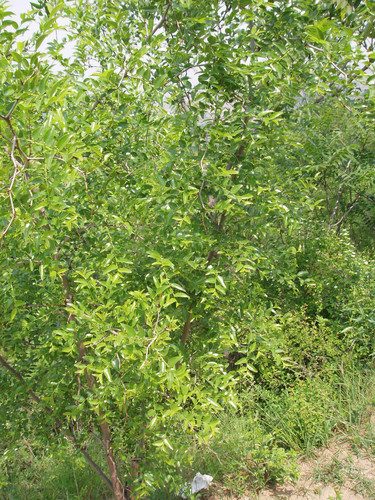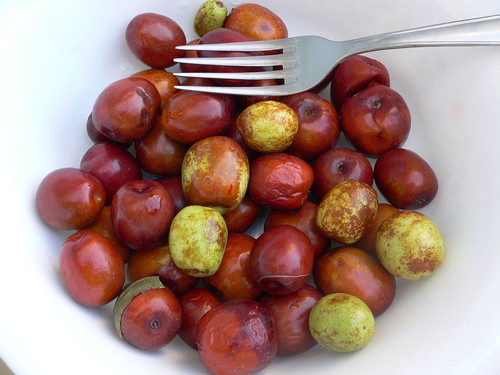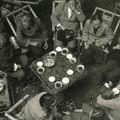Fotky - Pu-erh
Fotky tagy: Pu-erh, Čína, Yunnan, Lancang, Lincang, Yongde, Dehong, Baoshan, Jinggu, Wuliang
Fotky tagy: Bada, Bānzhāng, Bulang, Hekai, Jingmai, Mangzhi, Mansa, Manzhuan, Menghai, Mengsong, Nánnuò, Pasha, Xiding, Yibang, Yìwǔ, Yōulè, Pu-erh, Yunnan, Čína

Fotky tagy: Pu-erh, Výroba čaje

Fotky tagy: Pu-erh
Fotky tagy: Pu-erh
Fotky tagy: Pu-erh
Fotky tagy: Pu-erh

Fotky tagy: Pu-erh
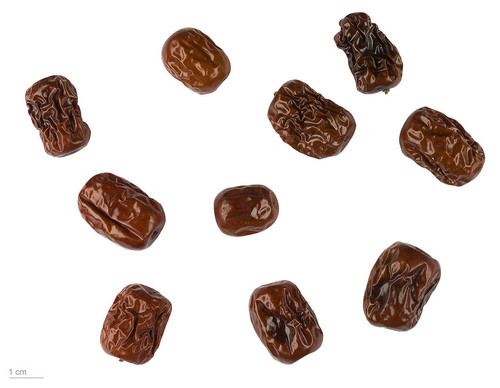
Fotky tagy: Pu-erh

Fotky tagy: Pu-erh
Fotky tagy: Pu-erh
Fotky tagy: Maocha, Pu-erh, Výroba čaje

Fotky tagy: Výroba čaje, Pu-erh

Fotky tagy: Pu-erh, Výroba čaje



Fotky tagy: Pu-erh, Houba - Jin Cha
Fotky tagy: Pu-erh
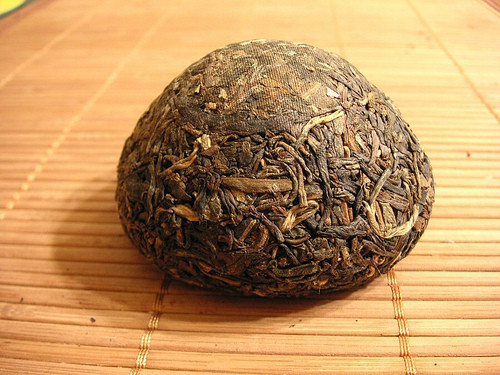

Fotky tagy: Pu-erh

Fotky tagy: Pu-erh
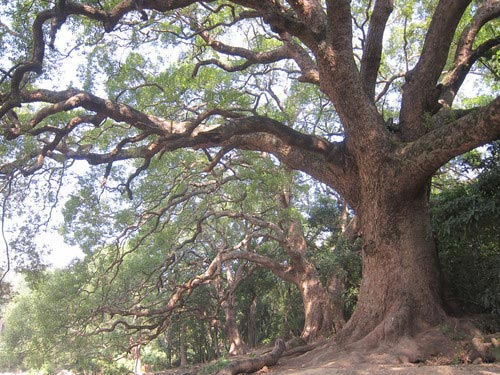
Fotky tagy: Pu-erh
Fotky tagy: Pu-erh
Čaj dle typu
Čaj dle oblastí
Pamatujete si, který čaj jste pili před rokem?
Vytvořte si sbírku svých oblíbených čajů a budete mít přehled, co jste kdy pili.
Pomůžeme vám s výběrem čajů.
Máte rádi kvalitní sypané čaje?
My vám pomůžeme najít ten pravý.
Inspirujte se hodnocením ostatních milovníků čajů. Ve výběru vám pomohou hvězdičky.


Poslední příspěvky
21.06.2018 @ 09:54:35 - sypalino:
Ochutnávka po téměř dalších dvou letech, čajové lístky v suchém stavu stále pěkně voní,...
04.04.2017 @ 09:44:12 - sypalino:
Ochutnávka po 5-ti letech. Chuťově je teď takový převážně ovocný s lehkou...
30.08.2016 @ 08:53:24 - sypalino:
Po delší ochutnávka, jak se čaj vyvíjí. Suchý list si stále drží příjemné aroma, barva...
25.03.2016 @ 19:54:31 - sypalino:
Zdravím, čaj je podle mého soudu vynikající, jako sváteční pití vřele doporučuji, také...
25.03.2016 @ 11:01:46 - massilia:
Už jste někdo pil tento čaj? Celkem mne zajímá, uvažoval jsem o něm jako o takovém...
24.03.2016 @ 10:10:59 - Ondřej:
Hekai 15 mi z loňských Chawang čajů chutnal nejvíc. Loňské jaro prý bylo dobré a na...
23.03.2016 @ 18:58:57 - massilia:
Hmm, ten loňský Hekai jsem ještě nepil. To je tak dobrý, že stojí za celý tong? Obecně...
23.03.2016 @ 13:24:52 - Ondřej:
Nejprve jsem pořídil vzorek a hned poté si objednal jeden kousek. Připravoval jsem ho...
21.03.2016 @ 16:13:09 - massilia:
Zatím jsem ho vařil tak třikrát čtyřikrát. Jednou jsem při oplachu a prvních nálevech...
21.03.2016 @ 13:54:24 - massilia:
Osobně zůstávám na klasice: 4g/100 ml, vařící voda, časy...
Napište hodnocení čaje.
Ohodnoťe čaj, který právě pijete a pomožte dalším milovníkům čaje ve výběru toho pravého šálku.



Témata
Citace
„Druhá věc je ovládat mysl. Mysl je pánem celého těla, velitelem všech mentálních sil. Když je tichá, umožňuje proniknout do podstaty, když je rozrušená, stává se nejasnou. Proto je na začátku studia Cesty nutné klidně sedět, soustředit mysl a odpoutat se od předmětů tak, aby mysl nic nevlastnila. Když zůstáváte v nevlastnění, na ničem nelpíte, pak spontánně vstupujete do absolutního neodporování. Mysl se pak spojuje s Cestou.“

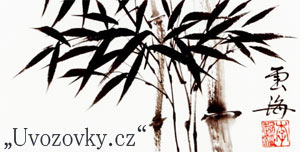


 Obchody
Obchody
 Sdílet na Facebooku
Sdílet na Facebooku





